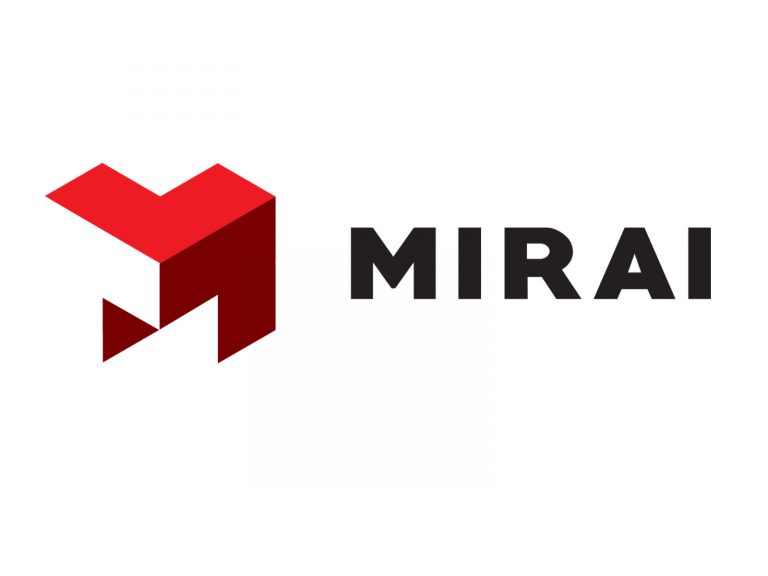AstraZeneca’s Forxiga Gets EU Approval for the Treatment of Chronic Heart Failure
The European Union has authorized AstraZeneca’s Forxiga (dapagliflozin) to expand the treatment for heart failure (HF) with reduced ejection fraction (HFrEF) to patients with all levels of left ventricular ejection fraction (LVEF), including HF with moderately decreased and preserved ejection fraction (HFmrEF, HFpEF).
Forxiga is the first and only HF therapy to demonstrate a reduction of mortality over the entire ejection fraction range
The European Commission licensed Forxiga upon the favorable conclusion of the Committee for Medicinal Products for Human Use in December 2022, based on the encouraging research findings of the DELIVER Phase III trial. It is the first HF medication to demonstrate a mortality reduction throughout the whole range of ejection fractions, according to the research data of the planned pooled analysis of the DELIVER and DAPA-HF Phase III studies.
Mene Pangalos, Executive Vice President, BioPharmaceuticals R&D, AstraZeneca, said:
“This broader indication for Forxiga for the treatment of symptomatic chronic heart failure across the full ejection fraction range will help more patients to benefit from this well-tolerated and guideline-directed treatment. We are redefining treatment of cardiorenal diseases with Forxiga’s demonstration of life-saving benefits, underscoring AstraZeneca’s commitment to provide innovative solutions that can help address the complexities of heart failure across the spectrum of the disease.”
About 15 million individuals in Europe are affected with HF, a chronic, long-term condition that deteriorates over time. According to the statistics, nearly half of HF patients pass away within five years after getting diagnosed. Individuals with HFmrEF and HFpEF have worse quality of life due to the severity of their symptoms, leading to physical limitations, and risk of hospitalization or death. The condition is usually underdiagnosed due to the non-specific clinical signs of HFmrEF and HFpEF, which commonly overlap with the symptoms of other clinical disorders.
The necessity of risk management for patients with this complex syndrome is highlighted by the fact that these disorders are commonly made worse by a number of connected diseases, including coronary heart disease, obesity, diabetes, long-term hypertension, and chronic kidney disease (CKD).
In more than 100 nations worldwide, including the US, the EU, China, and Japan, Forxiga (marketed as Farxiga in the US) is approved for the treatment of patients with type-2 diabetes (T2D), HFrEF, and CKD. Recent regulatory approvals for the expansion of the HF indication to patients with the complete range of LVEF came from Turkey, Japan, and Great Britain. In the US and other nations, the HF indication extension application is now being reviewed.
About Heart Failure
HF is a chronic, long-term condition that worsens over time3. It affects nearly 64 million people globally and is associated with substantial morbidity and mortality. Chronic HF is the leading cause of hospitalisation for those over the age of 65 and represents a significant clinical and economic burden. There are several types of HF often defined by LVEF, a measurement of the percentage of blood leaving the heart each time it contracts, including: HFrEF (LVEF less than or equal to 40%), HFmrEF (LVEF 41-49%) and HFpEF (LVEF greater than or equal to 50%)7. Approximately half of all HF patients have HFmrEF or HFpEF, with few therapeutic options available.
About the DAPA-HF Phase III Study
DAPA-HF (Dapagliflozin And Prevention of Adverse-outcomes in Heart Failure) was a multinational, multi-center, parallel-group, randomized, double-blinded Phase III study of HFrEF involving 4,744 participants, with and without T2D, established to evaluate the efficiency of Forxiga 10mg versus placebo when taken once daily in addition to regular medical treatment (SoC). The primary composite outcome was the time period until the first instance of a worsening HF episode (hospitalization or comparable occurrence, i.e., an urgent HF visit), or cardiovascular (CV) death.
The average follow-up time was 18.2 months. The important secondary endpoints included a total number of hospitalizations for heart failure (hHF) (including repeat admissions) and CV fatalities, as well as changes in the overall symptom score on the Kansas City Cardiomyopathy Questionnaire (KCCQ) from baseline to eight months.
About the DELIVER Phase III Trial
DELIVER was a multinational, randomized, double-blind, parallel-group, placebo-controlled, event-driven Phase III research designed to compare the efficacy of Forxiga to placebo in treating HF patients with LVEF more than 40%, with or without T2D. In addition to baseline treatment, Forxiga was administered once daily (regional SoC for all comorbidities, including diabetes and hypertension, with the exception of concomitant use of SGLT2 inhibitor). With 6,263 randomly assigned participants, DELIVER is the biggest clinical trial conducted to date in HF patients with LVEF greater than 40%. The time until the first occurrence of hHF, CV mortality, or an urgent HF visit was the main composite endpoint. Important secondary outcomes include the total number of HF events (hHF or urgent HF visit) and CV death, change from baseline in the overall symptom score of the KCCQ at eight months, time to the occurrence of CV death, and time to the occurrence of death from any cause.
About Forxiga
Forxiga (dapagliflozin) is an oral, once-daily SGLT2 inhibitor that is the first in its class. Research has shown that Forxiga is useful in avoiding and delaying cardiorenal disease while also protecting the organs due to the underlying links between the heart, kidneys, and pancreas. The failure of one of these organs can result in the failure of the others, which contributes to the world’s most common causes of mortality, such as T2D, HF, and CKD.
Forxiga is licensed for use in both adults and children 10 years of age and older as a supplement to diet and exercise as well as for the treatment of T2D mellitus that has not been effectively controlled. Based on the results of the DAPA-HF and DAPA-CKD Phase III studies, Forxiga is also authorized for the treatment of HFrEF and CKD in adults.
For more information please visit astrazeneca.com
Original Source: AstraZeneca, Press Release, 7 February 2023: https://www.astrazeneca.com/media-centre/press-releases/2023/forxiga-approved-in-the-eu-for-the-treatment-of-symptomatic-chronic-heart-failure.html
Recommended Companies
More Headlines







